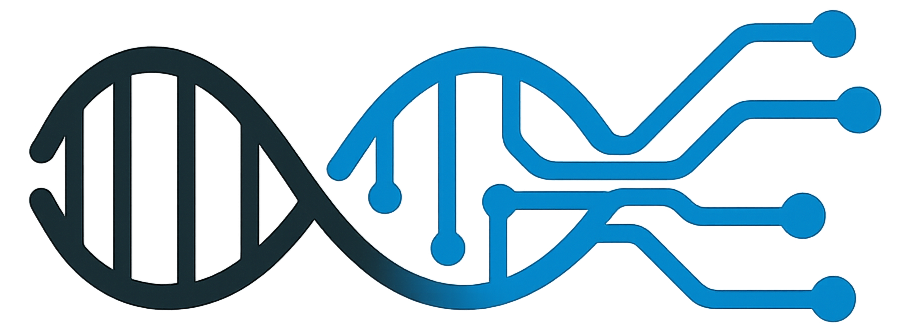⚡️Watt’s Next? Why the Future of AI Might Depend on Your Toaster
Let’s start with a weird but true fact: If you want to guess how long someone lives or how rich their country is, just ask one question.
“How much energy do they use?”
That’s it. Not “Do they meditate?” or “How’s their healthcare system?” or even “What’s their GDP?” Nope. Just “How much juice are they burning through per person?”
And as bizarre as that sounds, the data agrees. Take a look at this:
GDP per capita vs Energy use per capita:
This chart basically says, “Want to be richer? Burn more energy.” There are exceptions, sure, but the trend is clear: more energy use = more money per person.
And here’s another:
Life expectancy vs Energy use per capita:
This one says, “Want to live longer? Burn more energy.” Again, it’s not perfect, but it holds up surprisingly well across the globe.
So what’s going on here? And why is the CEO of OpenAI, Sam Altman, so obsessed with energy?
Let’s dig in.
🤖 AI: Smart, Powerful, and Kinda Hungry
Sam Altman has said a few spicy things over the past couple years, but one of his core ideas is this:
“The two inputs that matter most for the future are intelligence and energy. If you dramatically increase the availability and decrease the cost of both, you unlock a lot of abundance.”
— Altman, NYT Interview
Translation: If intelligence is the engine of progress, then energy is the gas. And AI? AI is like a turbocharged V12 strapped to a spaceship.
But here’s the catch: spaceships eat a lot of fuel.
Training GPT-3 reportedly used over 1,287 megawatt-hours of electricity. That’s like running 1,000 U.S. homes for a whole month just to teach an AI how to write dad jokes and college essays. Now multiply that by every AI model, app, chatbot, and weird voice clone being launched every day.
This stuff is thirsty.
🧠 + ⚡️ = 🚀
Now here’s where it gets fun. AI doesn’t just need energy—it can actually help us find, manage, and produce it better.
AI helps optimize power grids.
It can predict energy demand like a weather psychic.
It even helps discover new materials for better batteries and solar panels.
So the more we use AI, the more we’ll need energy. But the more we use AI, the better we get at producing energy.
This is what tech folks call a flywheel, which is a fancy way of saying “thing that makes itself better the more you use it.” Like a pizza oven that cooks faster every time you make a pie. Or your brain when you binge-watch documentaries. (Well, hopefully.)
🌍 What About People Who Don’t Have Energy?
This is the part where the graphs from earlier stop being quirky and start being kinda tragic.
According to the IEA, around 750 million people still don’t have access to electricity. That’s nearly 1 in 10 humans living like it’s the 1800s. No lights. No internet. Definitely no ChatGPT.
And if energy use really does track with health and income, that means we’re leaving massive chunks of humanity stuck in a lower-quality-of-life loop.
Now imagine AI-powered tools for education, medicine, and agriculture... but only in countries that can afford the electricity bill. That’s not a future of abundance. That’s a robot-powered inequality machine.
Altman knows this too. He’s not just betting on AI. He’s investing in fusion energy through a company called Helion, which aims to give the world near-limitless clean energy sometime in the 2030s. (Or earlier if the laws of physics are feeling generous.)
☀️ So What Do We Do With This?
We stop thinking about energy as something to minimize at all costs, and instead start thinking about how to maximize the right kind of energy in the right places.
Because the graphs don’t lie: more energy (used well) makes life better. And if we want AI to make life better for everyone, not just the top 10%, we’re going to need a lot more energy. Not fossil fuels. Not overconsumption. But smart, clean, sustainable energy that powers useful things.
That means solar panels in every village. Batteries in every basement. Smart grids in places that don’t even have dumb ones yet.
And it means getting comfy with the idea that AI won’t just write poems or beat us at chess—it’ll help build the power plants, balance the grid, and maybe even design the next AI.
🧠⚡️ The Future (Hopefully) Looks Like This
So here’s where we’re headed, if we play our cards right:
AI gets smarter and more helpful.
That makes energy even more important.
We invest in clean, abundant power (like solar, wind, and fusion).
That powers more AI and improves life globally.
And eventually, everyone gets a shot at long, healthy lives—and maybe even a robot that can explain why your toaster keeps tripping the breaker.
If this sounds like science fiction, that’s because it kind of is. But it’s the good kind—the kind we can actually build.
And the best part? You don’t have to wait. Every time you push for clean energy, smarter policy, or wider access to tech, you’re helping spin that flywheel just a little faster.
💬 Final Thought
Maybe the key to the future isn’t just smarter machines or cleaner power. Maybe it’s understanding that the two are deeply connected—and that, together, they could light up the whole planet.
Preferably without burning it down in the process.



